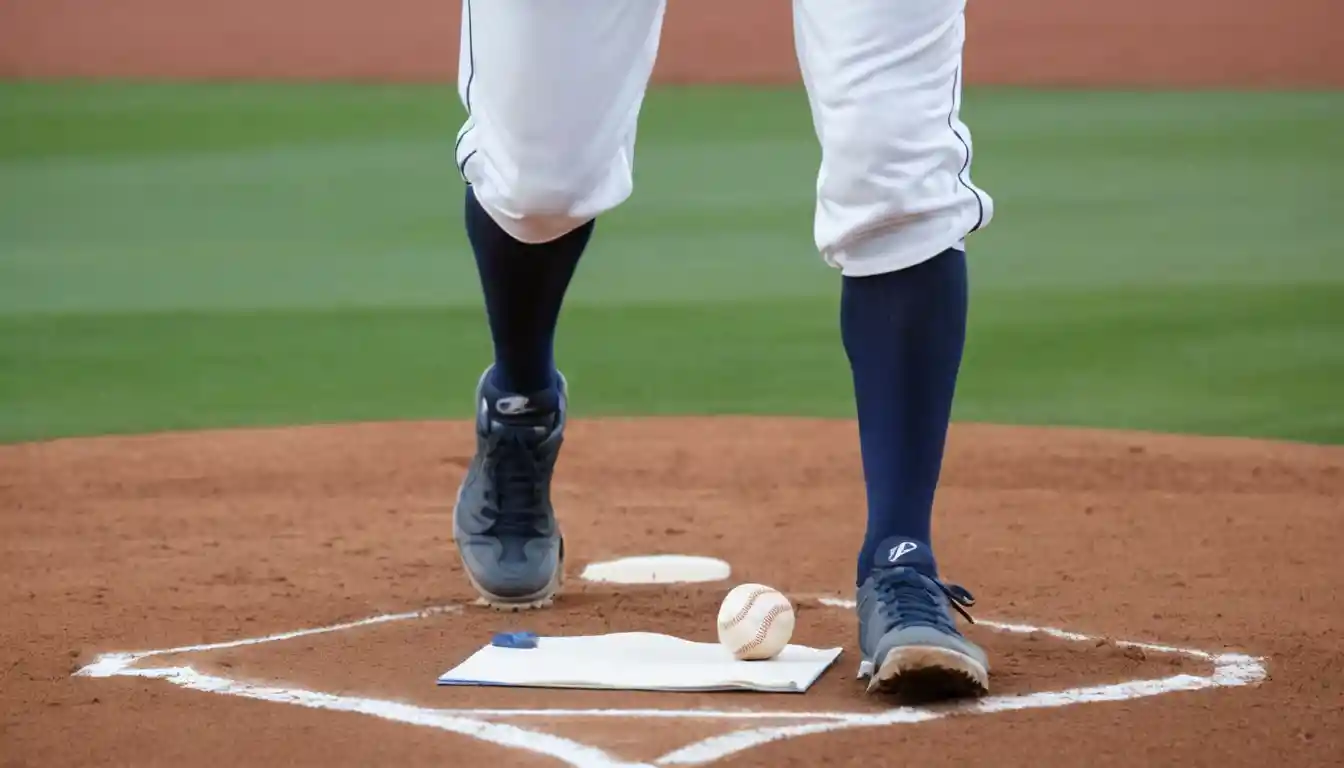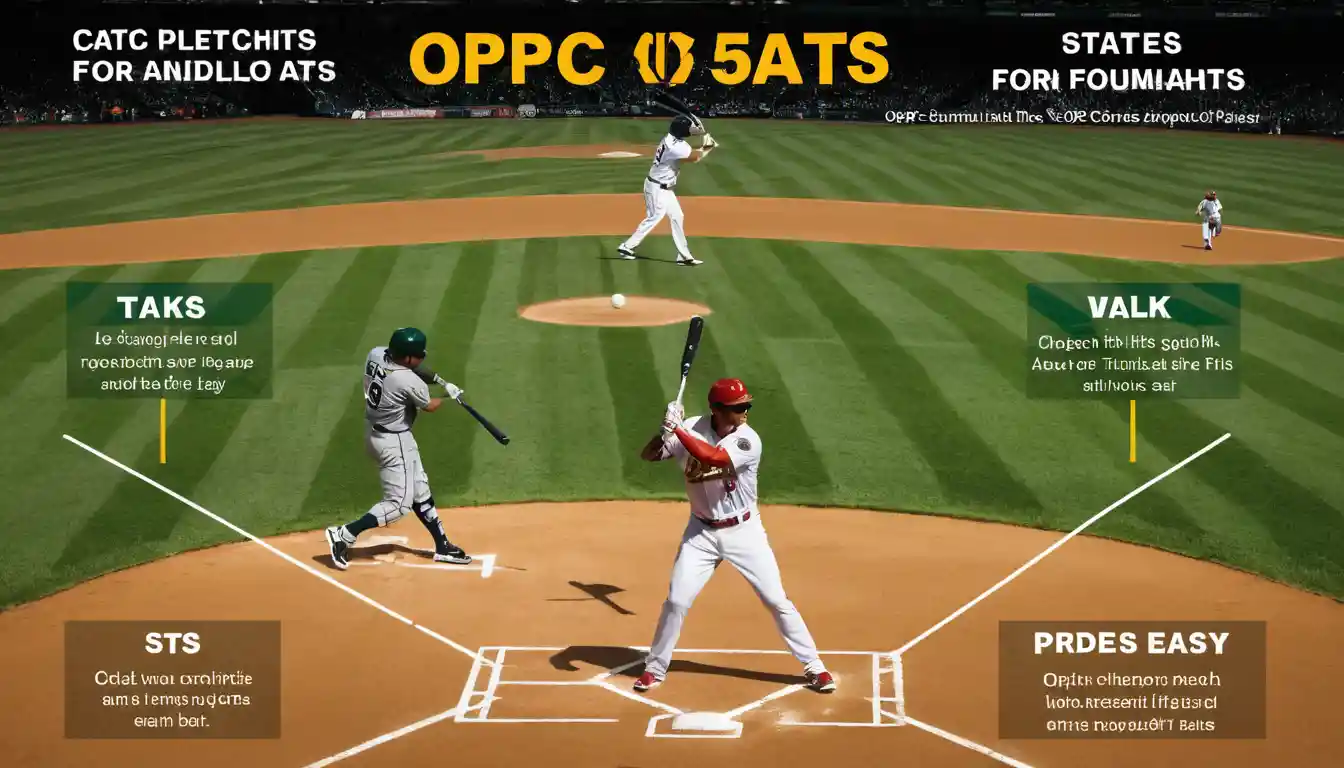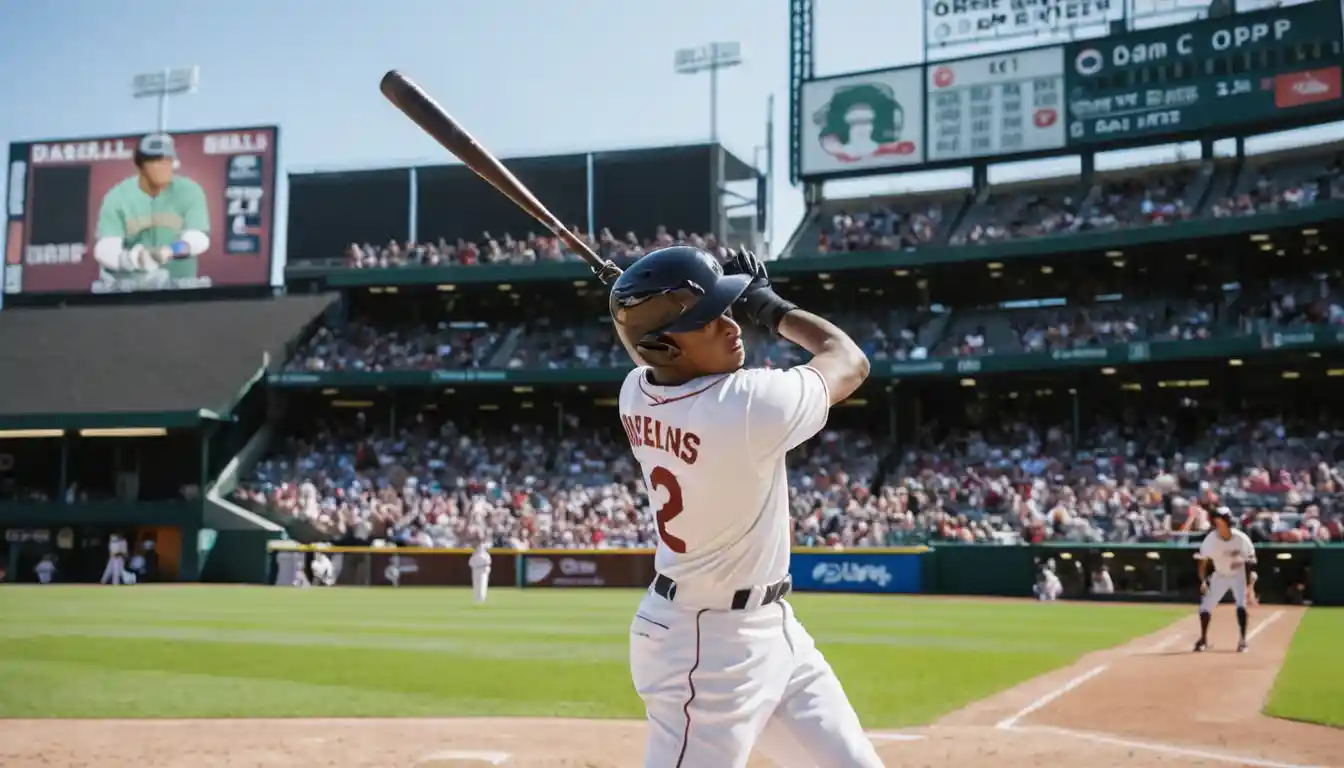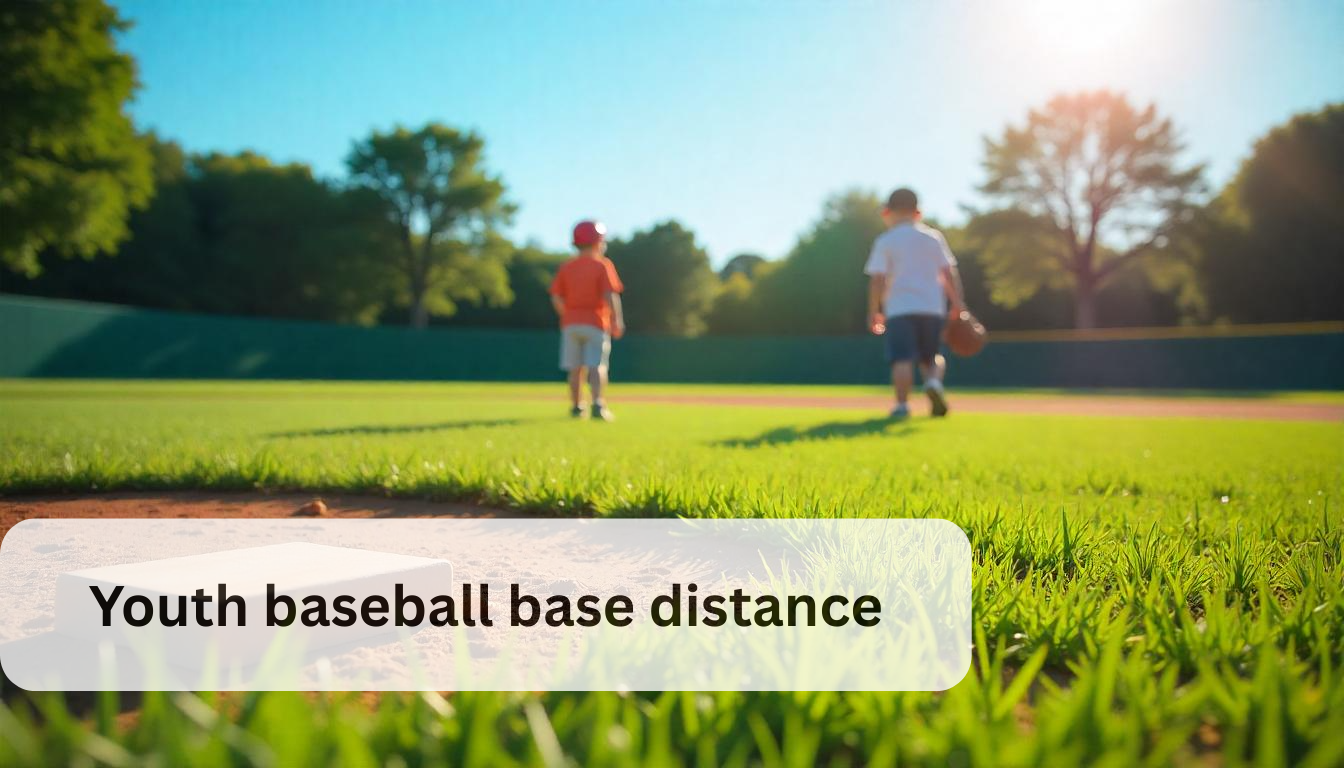Baseball has its own unique set of stats, each of which helps paint a picture of a player’s performance on the field. One of the most crucial stats that every baseball fan should understand is OBP, or On-Base Percentage. This metric gives insight into a player’s ability to reach base, an essential aspect of a team’s offensive strategy. In this article, we’ll explore what OBP is in baseball, how it differs from other stats like OPS, and why it matters so much.
What is OBP in Baseball?
OBP meaning stands for On-Base Percentage, which measures the rate at which a player reaches base via hits, walks, or hit-by-pitch. Unlike batting average, OBP accounts for all methods of getting on base, not just hits. This is crucial because a player who can get on base consistently contributes more to their team’s success than someone who only hits for average.
The formula for OBP is:
OBP=Hits+Walks+Hit by PitchAt-Bats+Walks+Hit by Pitch+Sacrifice Flies\text{OBP} = \frac{\text{Hits} + \text{Walks} + \text{Hit by Pitch}}{\text{At-Bats} + \text{Walks} + \text{Hit by Pitch} + \text{Sacrifice Flies}}OBP=At-Bats+Walks+Hit by Pitch+Sacrifice FliesHits+Walks+Hit by Pitch
OBP is a key indicator of how well a player contributes to offensive opportunities. The higher a player’s OBP, the more likely they are to contribute to scoring runs, which is, of course, one of the main goals of the game.
What Is a Good OBP in Baseball?
When it comes to what is a good OBP in baseball, numbers can vary depending on the context, but generally, an OBP above .350 is considered solid. Elite players often have an OBP above .400. For instance, players like Mike Trout and Bryce Harper regularly post OBPs well over .400, making them some of the most valuable hitters in the league.
To put it into perspective:
- .300 OBP is below average.
- .350 OBP is good and considered league average.
- .400 OBP or above is excellent, showcasing top-tier hitters.
OBP vs OPS: What’s the Difference?
While OBP gives us a clear picture of a player’s ability to reach base, OBP vs OPS focuses on different aspects of a player’s offensive game. OPS stands for On-Base Plus Slugging, combining OBP with Slugging Percentage (SLG) to measure a player’s overall offensive contribution. The formula for OPS is:

OPS=OBP+SLG\text{OPS} = \text{OBP} + \text{SLG}OPS=OBP+SLG
What is OPS in baseball? OPS takes both the ability to get on base and the power a player has into account. It’s a great overall metric for offensive value, but OBP specifically emphasizes getting on base, which is often a more reliable indicator of consistency.
Slugging Percentage Formula and Its Role
Slugging percentage (SLG) is another important stat that works hand in hand with OBP. It measures a player’s total bases per at-bat, with the formula:
SLG=Total BasesAt-Bats\text{SLG} = \frac{\text{Total Bases}}{\text{At-Bats}}SLG=At-BatsTotal Bases
While OBP measures the ability to get on base, SLG measures the quality of the hits when a player does get on base. Higher SLG means a player is more likely to hit for extra bases, such as doubles, triples, or home runs, making them a more dangerous hitter overall.
Why OBP Matters in Baseball
Understanding what is OBP in baseball helps clarify why it’s so important. A high OBP indicates a player’s ability to create offensive opportunities, whether through a well-placed single, drawing a walk, or being hit by a pitch. In today’s game, getting on base consistently is just as important as hitting for power. A batter with a great OBP can set up potential scoring chances for the team, making them a key piece of the lineup.
One way to illustrate the value of OBP is by looking at OBP baseball leaders. Historically, players like Babe Ruth, Ted Williams, and Barry Bonds have had OBPs above .450, which is incredibly impressive. Ruth, for instance, had an OBP of .474 over his career, which is one of the highest OBP all-time marks in baseball history.
OBP Video: Watching OBP in Action
To really understand how important OBP is, it’s helpful to watch it in action. Whether you’re checking out an OBP video on YouTube or watching your favorite MLB games, seeing players with high OBP like Joey Votto or Bryce Harper can help you grasp how this stat influences the game. Watch them draw walks, get on base with hits, and make things happen on offense. You’ll quickly see how OBP is a true reflection of a player’s consistency and approach at the plate.
How to Calculate OBP
If you want to calculate a player’s OBP on your own, using an OBP calculator is a great way to quickly get the result. Input the relevant statistics—hits, walks, and at-bats—and the calculator will give you the OBP. This can be useful if you’re analyzing a player’s performance or comparing stats across different players or seasons.
Highest On-Base Percentage in a Season
Some players have had truly remarkable OBPs in a single season. The record for the highest on-base percentage in a season belongs to Ted Williams, with a stunning .553 OBP in 1941. This incredible achievement is a testament to his ability to reach base at an elite level, surpassing even the greatest hitters of all time.

Frequently Asked Questions
What is the difference between OBP and batting average?
OBP (On-Base Percentage) differs from batting average in that OBP measures a player’s ability to reach base in various ways, including hits, walks, and being hit by a pitch. Batting average, on the other hand, only accounts for hits. Therefore, OBP provides a more comprehensive view of a player’s ability to contribute to a team’s offense.
How do you calculate OBP?
To calculate OBP, you need to divide the total number of times a player reaches base (through hits, walks, or being hit by a pitch) by the total number of plate appearances, excluding sacrifice flies. The formula is:
OBP=Hits+Walks+Hit by PitchAt-Bats+Walks+Hit by Pitch+Sacrifice Flies\text{OBP} = \frac{\text{Hits} + \text{Walks} + \text{Hit by Pitch}}{\text{At-Bats} + \text{Walks} + \text{Hit by Pitch} + \text{Sacrifice Flies}}OBP=At-Bats+Walks+Hit by Pitch+Sacrifice FliesHits+Walks+Hit by Pitch
Why is OBP important in baseball?
OBP is crucial because it reflects a player’s ability to get on base, which is essential for creating scoring opportunities. Players with high OBP help their team score more runs by consistently reaching base, setting up their teammates to drive them in and contribute to the team’s offensive success.
What is considered a good OBP in baseball?
A good OBP typically ranges from .350 to .400. Players with an OBP above .400 are considered excellent, showing they are exceptional at getting on base. A lower OBP below .300 indicates a player struggles with reaching base and could be less effective in contributing to the team’s offense.
How does OBP compare to OPS?
OBP focuses solely on a player’s ability to reach base, while OPS (On-Base Plus Slugging) combines OBP and slugging percentage (SLG) to assess both a player’s ability to get on base and hit for power. OPS provides a broader picture of a player’s offensive contributions, whereas OBP is more focused on consistency in getting on base.
Conclusion
In conclusion, what is OBP in baseball isn’t just about a simple stat, it’s a key indicator of a player’s overall offensive effectiveness. A high OBP means more opportunities for a team to score, which is why it’s often regarded as one of the most important stats in modern baseball. Whether you’re a fan analyzing OBP vs OPS or studying the slugging percentage formula, understanding OBP helps you appreciate the nuances of the game and the importance of consistency in a player’s performance.
By incorporating OBP into your analysis of a player’s abilities, you can see beyond just their batting average or home run count and get a fuller picture of their true value. From OBP baseball leaders to what is OBP in baseball calculator, this stat provides essential insights into how well a player contributes to the team’s success.





